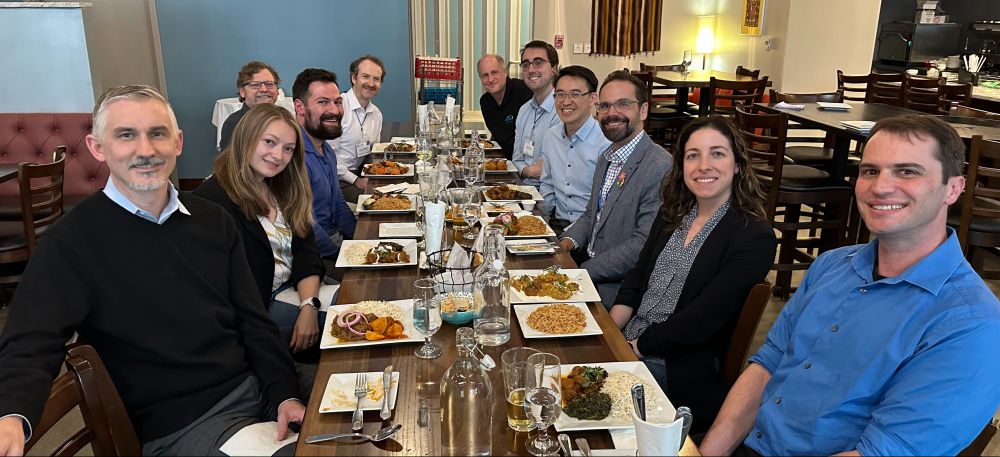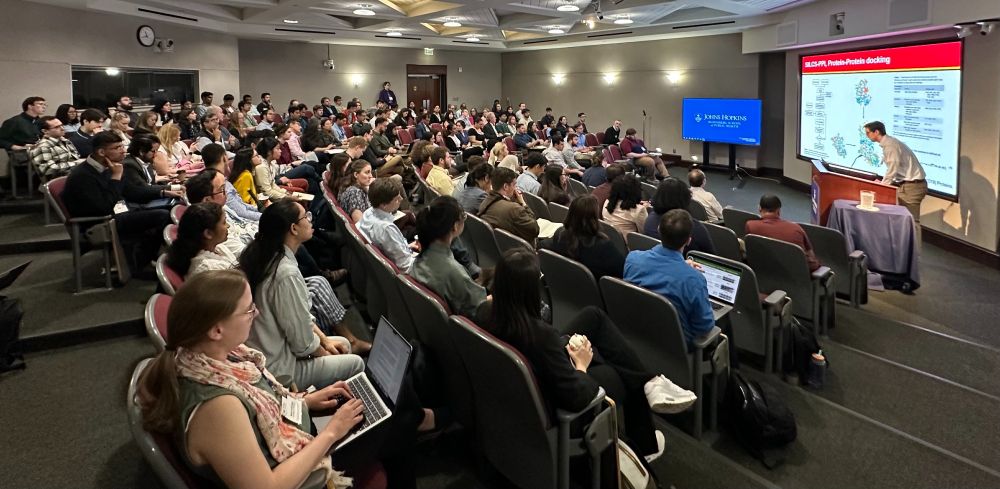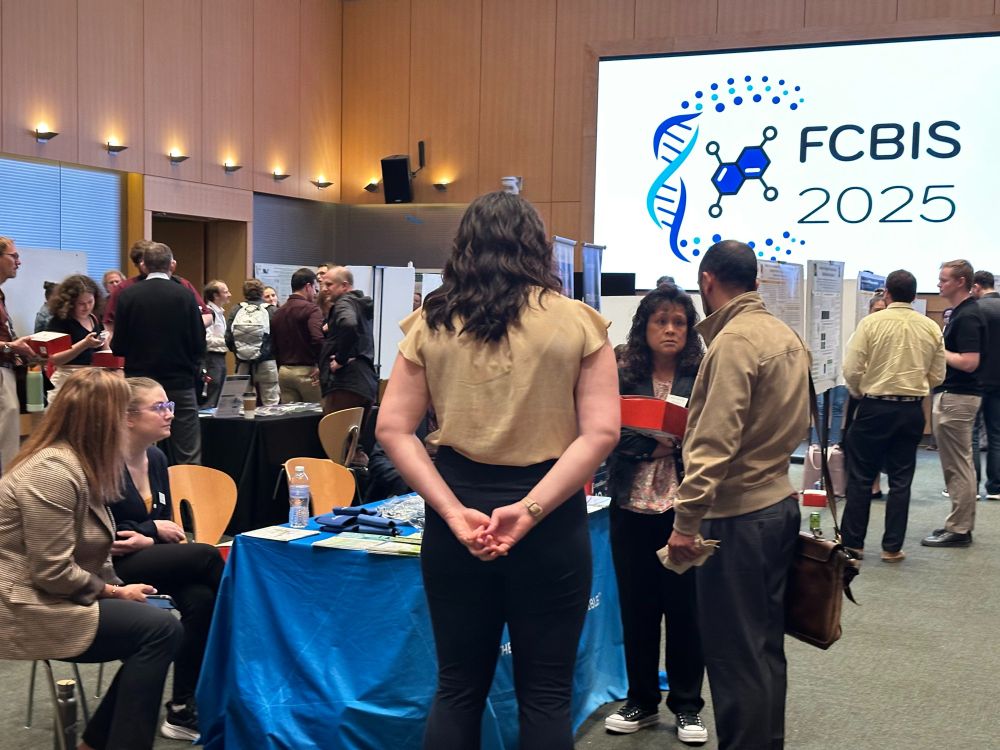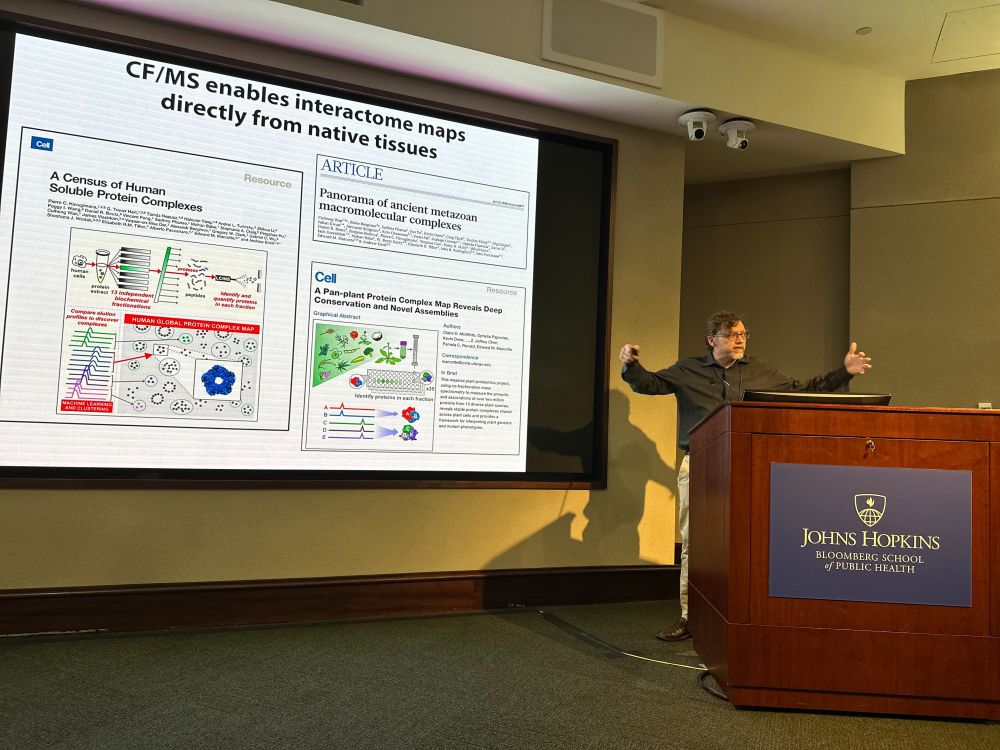Anthony Leung
@leunglab.bsky.social
1.7K followers
300 following
54 posts
Professor. Science and social about my lab at Johns Hopkins University working on PARP and RNA biology. Views are my own.
Posts
Media
Videos
Starter Packs
Anthony Leung
@leunglab.bsky.social
· Jun 3
Anthony Leung
@leunglab.bsky.social
· May 10
Reposted by Anthony Leung
Review Commons
@reviewcommons.org
· Apr 30
Reposted by Anthony Leung
Anthony Leung
@leunglab.bsky.social
· Apr 8

Interferon-induced PARP14-mediated ADP-ribosylation in p62 bodies requires the ubiquitin-proteasome system | The EMBO Journal
imageimageInterferon induces the formation of ADP-ribosylation (ADPr)-enriched p62 bodies, requiring
PARP14 and p62. Unlike canonical p62 bodies, these ADPr-enriched structures are independent
of auto...
www.embopress.org
Anthony Leung
@leunglab.bsky.social
· Apr 8

Ubiquitin is directly linked via an ester to protein-conjugated mono-ADP-ribose | The EMBO Journal
imageimageCertain E3 ligases have been found to ubiquitylate hydroxyl groups on free NAD+ and
ADP-ribose in vitro, but the in vivo occurrence of this dual post-translational modification
has remained ...
doi.org
Anthony Leung
@leunglab.bsky.social
· Apr 8
Anthony Leung
@leunglab.bsky.social
· Apr 8
Anthony Leung
@leunglab.bsky.social
· Apr 8

Interferon-induced PARP14-mediated ADP-ribosylation in p62 bodies requires the ubiquitin-proteasome system | The EMBO Journal
imageimageInterferon induces the formation of ADP-ribosylation (ADPr)-enriched p62 bodies, requiring
PARP14 and p62. Unlike canonical p62 bodies, these ADPr-enriched structures are independent
of auto...
www.embopress.org
Anthony Leung
@leunglab.bsky.social
· Mar 24
Anthony Leung
@leunglab.bsky.social
· Mar 13
Anthony Leung
@leunglab.bsky.social
· Mar 13

dELTA-MS: A Mass Spectrometry-Based Proteomics Approach for Identifying ADP-Ribosylation Sites and Forms
ADP-ribosylation, characterized by the addition of adenosine diphosphate ribose, can occur in both monomeric (MARylation) and polymeric (PARylation) forms. Little is known about the specific contribut...
pubs.acs.org
Reposted by Anthony Leung
Reposted by Anthony Leung
Mike Cohen
@michaelnadbio.bsky.social
· Feb 25
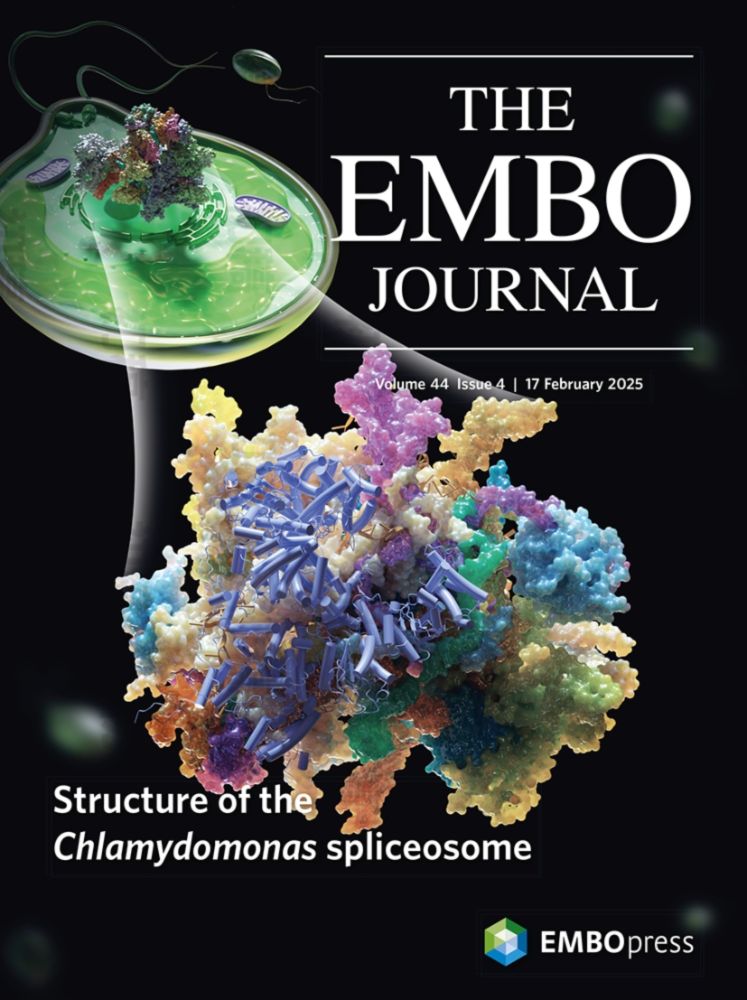
Ubiquitin is directly linked via an ester to protein-conjugated mono-ADP-ribose | The EMBO Journal
imageimageCertain E3 ligases have been found to ubiquitylate hydroxyl groups on free NAD+ and
ADP-ribose in vitro, but the in vivo occurrence of this dual post-translational modification
has remained ...
www.embopress.org
Anthony Leung
@leunglab.bsky.social
· Jan 17
Anthony Leung
@leunglab.bsky.social
· Jan 15
Anthony Leung
@leunglab.bsky.social
· Jan 15
Anthony Leung
@leunglab.bsky.social
· Jan 15
Anthony Leung
@leunglab.bsky.social
· Jan 15

Regulation of stress granule maturation and dynamics by poly(ADP-ribose) interaction with PARP13 - Nature Communications
Stress granules, cellular structures essential for stress response, require poly(ADP-ribose) as a multivalent scaffold. Here, the authors show that disrupting poly(ADP-ribose) binding to PARP13 alters...
www.nature.com




